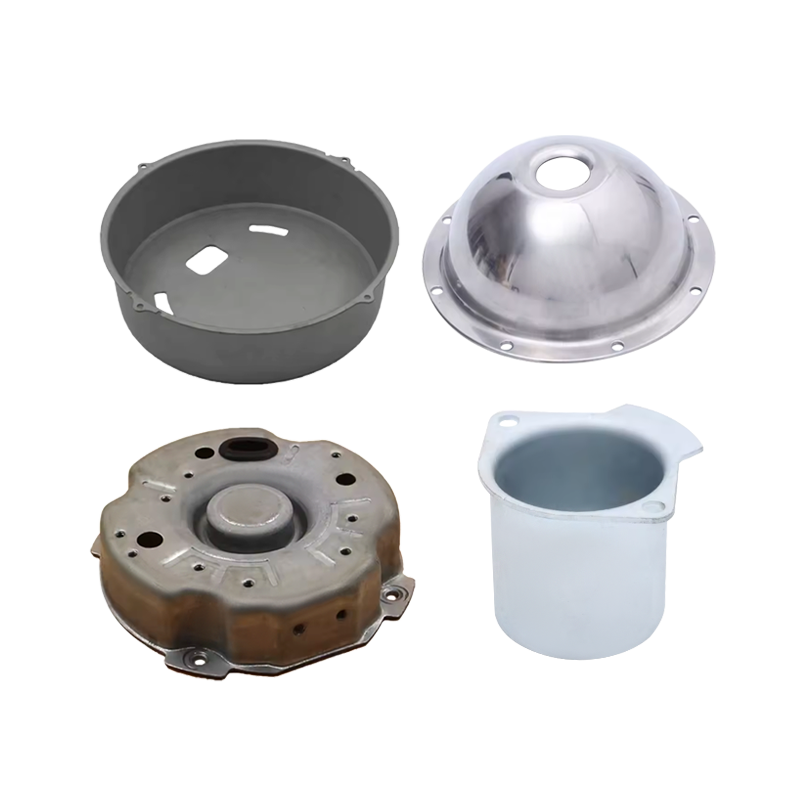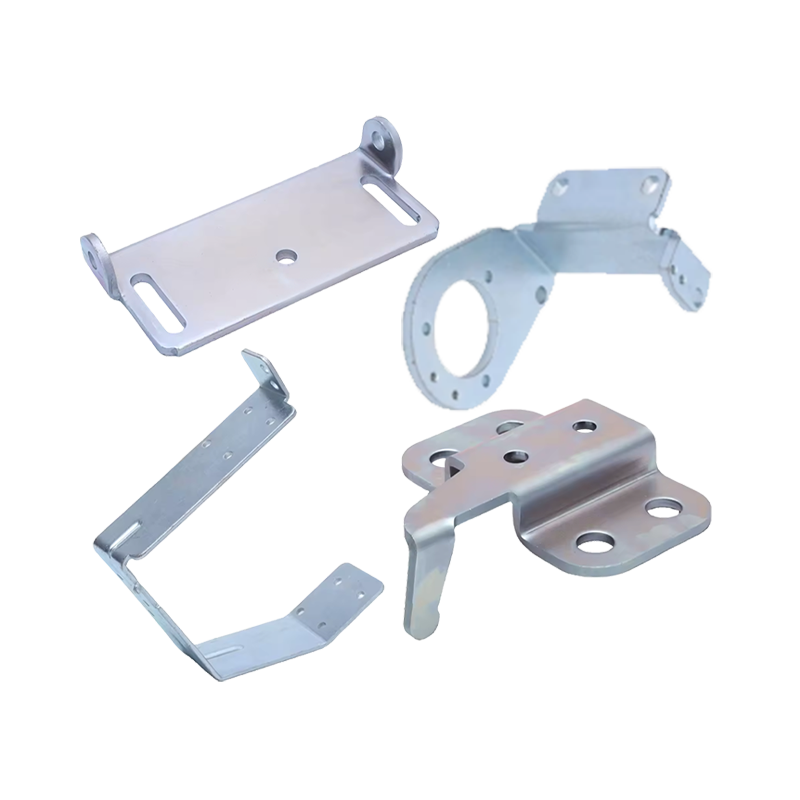Web Menu
Product Search
Exit Menu
News categories
RECENT POSTS
-
Why are metal animal drinking bowls the best choice for safe pet drinking water?
Dec 23,2025 -
What are the common defects and solutions for metal bending parts?
Dec 16,2025 -
What to do if burrs appear on metal stamping parts? How to avoid them?
Dec 09,2025 -
What are Metal Bending and Drawing Parts?
Dec 02,2025 -
Precision Deep Drawing & Metal Stamping Solutions | High-Volume Manufacturing Expertise
Dec 01,2025
How does deep drawing stainless steel technology improve the fatigue resistance and corrosion resistance of products to meet the needs of harsh industrial environments?
The deep drawing stainless steel process is an important plastic forming technology in the manufacturing industry, especially suitable for producing parts with high strength, corrosion resistance and complex geometries. Deep-drawn stainless steel products, widely used in the automotive, aerospace, medical device, food processing and chemical industries, often face harsh usage environments. Therefore, it is crucial to improve the fatigue resistance and corrosion resistance of products. So, how can the deep drawing stainless steel process enhance its performance in harsh environments while ensuring product shape accuracy?
1. How does the deep drawing process optimize the grain structure of the material to improve fatigue resistance?
The deep drawing process promotes the refinement and rearrangement of the material's grains by continuously stretching and plastically deforming the stainless steel material. During this process, the grain structure within the material changes and becomes denser and more uniform. The refined grain structure not only enhances the strength of the material, but also significantly improves fatigue resistance. This is because the fine grains can effectively hinder the expansion of cracks, making the material less likely to break and be damaged under long-term stress.
In addition, the cold working effect during deep drawing increases the surface hardness of the material, thereby increasing its fatigue resistance. As the number of processing increases, the dislocation density in the material also increases accordingly, further improving its fatigue resistance. This is particularly important for components operating under high pressure, high shock load conditions, such as automotive and aerospace engine components.
2. How does surface treatment enhance corrosion resistance?
In the production process of deep drawn stainless steel, surface treatment plays a vital role. Stainless steel material itself has high corrosion resistance, especially commonly used stainless steels such as 304 and 316L. However, the deep drawing process may produce tiny scratches or oxide layers on the surface of the material, and these defects may reduce the corrosion resistance of the material. Therefore, through appropriate surface treatment techniques, such as electropolishing, passivation treatment and sandblasting, surface defects can be effectively removed and the corrosion resistance of the material can be restored or enhanced.
Electropolishing can make the surface of stainless steel smoother and reduce micropores and cracks, thereby preventing the penetration of corrosive media. Passivation treatment further improves the corrosion resistance of the material by forming a dense oxide film on the surface of the material. It is especially suitable for industrial applications in contact with acidic, alkaline or salt spray environments.
3. How does deep-drawn stainless steel maintain the stability of material properties in harsh industrial environments?
Deep-drawn stainless steel is often used in applications exposed to extreme environmental conditions, such as high temperatures, high pressures, and highly corrosive gases or liquids. For example, pipes, containers and valves in chemical plants must be able to withstand the erosion of corrosive media for a long time. The deep drawing process can give stainless steel materials higher density, reduce the generation of internal voids and micro-cracks, thereby improving its performance stability in high temperature and high pressure environments.
In addition, the strain hardening effect experienced by deep-drawn stainless steel during the production process helps to improve its resistance to deformation, allowing the material to maintain good dimensional stability and shape accuracy when subjected to complex external stresses. This is crucial for products used in high-precision applications (such as aircraft engine parts, medical equipment).
4. Effect of material selection on fatigue and corrosion resistance
Different grades of stainless steel show different characteristics during the deep drawing process. For example, 304 stainless steel has better overall performance and is suitable for general industrial environments, while 316L stainless steel shows stronger corrosion resistance due to its higher molybdenum content, especially in marine environments or in contact with strong acids and alkalis. situation.
In addition, the performance of stainless steel can be further enhanced by selecting appropriate alloying elements for specific application requirements. For example, adding nickel and titanium can improve the material's high-temperature stability, while the presence of chromium is key to improving the material's corrosion resistance. Therefore, in the design and manufacturing process of deep-drawn stainless steel, selecting the appropriate material grade according to specific application scenarios is one of the core strategies to improve product performance.
5. How does intelligent manufacturing improve the quality of deep-drawn stainless steel products?
With the popularization of intelligent manufacturing technology, the deep drawing stainless steel process can also be optimized through automated equipment and advanced inspection systems. For example, CNC deep drawing equipment can accurately control the strength and speed of each stretch, thereby ensuring that the material is evenly stressed during the entire stretching process and reducing material fatigue and surface defects. At the same time, the online real-time monitoring system can detect the dimensional tolerance, surface quality and other indicators of the product to ensure that each finished product meets strict industrial standards.
This intelligent production method not only improves the consistency of deep-drawn stainless steel products, but also optimizes the production process through big data analysis, thereby further improving the fatigue resistance and corrosion resistance of the product.
What are the key advantages of using stainless steel and tempered glass for RV and boat sinks?
How does the dual-burner design meet the diverse cooking needs of mobile places such as RVs and ships?
related products
Whether you want to become our partner or need our professional guidance or support in product selections and problem solutions, our experts are always ready to help within 12 hours globally
contact UsPhone:+86 139-5824-9488
FAX :+86 574-86150176
E-mail: [email protected] [email protected]
Address: Unit 2, Building 19, Zhichuangzhizao Park, Chengdong Industrial Zone, Xiangshan, Ningbo,315705, Zhejiang, China

 English
English 中文简体
中文简体 Español
Español











